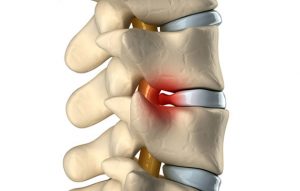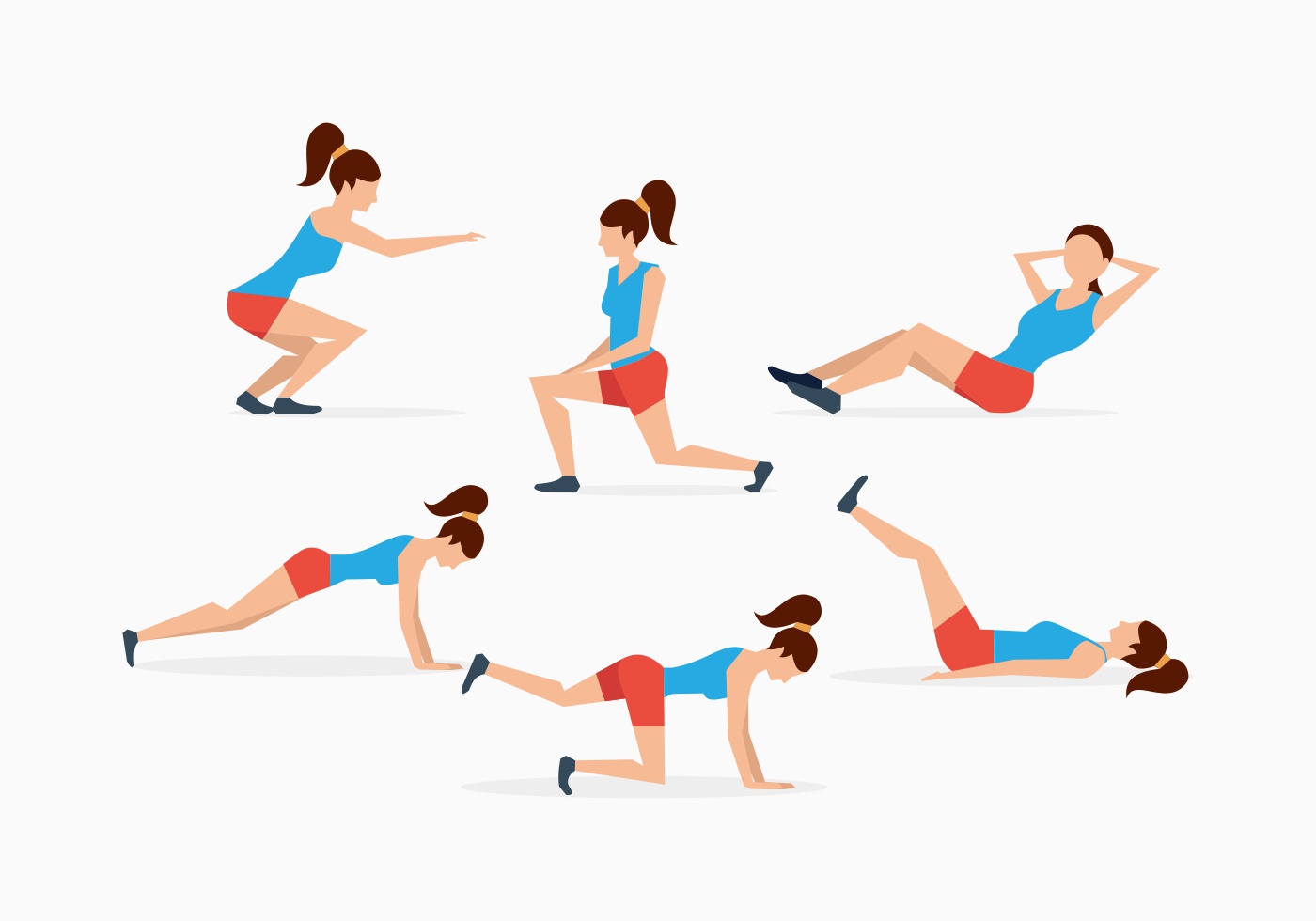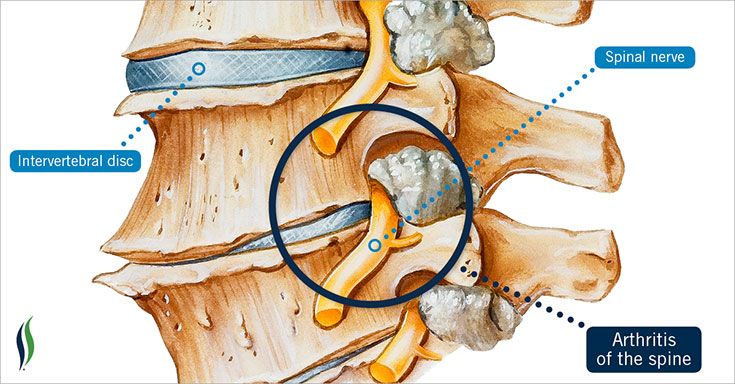

Source – Air Freshener
A herniated (slipped) disk occurs when all or part of a disk needs via a weakened area of the disk. That’s when it may place pressure on nearby nerves or even the spinal-cord.
What causes Herniated Disk problem?
The bones (vertebrae) of the spine protect nerves which come from the brain and travel down the back to form the spinal cord. Also, Nerve roots are large nerves that branch out from the spinal-cord and leave your spine between each vertebrae.
The spinal bones are separated by disks. These disks cushion the spine and put space between your vertebrae. The disks allow movement between your vertebrae, which lets you bend and reach.
The disk may leave place (herniate) or break open (rupture) from injury or strain. There may be pressure around the spinal nerves when this happens. This may lead to pain, numbness, or weakness.
The lower back (lumbar area) of the spine is the most common area for a slipped disk. The neck (cervical) disks are occasionally affected. The upper-to-mid-back (thoracic) disks hardly ever involved.
A herniated disk is a cause of radiculopathy. This is disease that affects the spine nerve roots.
Slipped disks occur more regularly in middle-aged and older men, usually after strenuous activity. Other risk factors include conditions present at birth (congenital) that affect the size of the lumbar spinal canal.
Symptoms of slipped disk
With a slipped disk (or slipped disc) in your lower back, you might have sharp pain in one part of the leg, hip or buttocks and numbness in other parts. You may also feel pain or numbness around the back of the calf or sole of the foot. The identical leg may also feel weak. With a slipped disk in your neck, you may have pain when moving your neck, deep pain near or over the shoulder blade or pain that moves towards the upper arm, forearm and fingers. You can also have numbness along your shoulder, elbow, forearm and fingers. The pain often starts slowly and may get worse in many situation such as after sitting or standing, during the night, when sneezing, coughing or laughing, when bending backward or walking lots of yards etc.
Source – Colorado Pain Care
You may also have weakness in a few muscles. Sometimes, you may not notice it until your physician examines you. In other cases, you will see that you have a hard time lifting your leg or arm. Or sitting on your toes somewhere, squeezing tightly with one of your hands or any other problems. The pain, pins and needles or weakness often disappears or improves a great deal over weeks to months.
Recommended Exams and Tests
A careful physical exam and history is nearly always the first step. Based on where you have symptoms, your doctor examines your neck, shoulder, arms, and hands or perhaps your back, hips, legs and feet.
Your doctor will check:
- For numbness or loss of feeling
- Your muscle reflexes, which can be slower or missing
- Muscle strength which may be weaker
- Posture or the way your spine curves
Your doctor could also ask you to sit, stand and walk. While you walking, doctor may request you to try walking in your toes and your heels. They may also ask for bend forward, backward, and sideways. And move your neck forward, backward or sideways. Also, raise your shoulders, elbow, wrist, hand and check your strength over these tasks.
Leg pain that happens when you take a seat on an exam table. And raise your leg straight up usually suggests a slipped disk inside your back.
In another test, you will bend your head forward and to the edges. Health care provider may put slight downward pressure on top of your face. Increased pain or numbness in this test is generally a sign of pressure on a nerve in your neck.
Tests that requires to determine level of problems
- EMG may be done to determine the exact nerve root that’s involved.
- Myelogram might be completed to determine the dimensions and placement of disk herniation.
- Nerve conduction velocity test can help too.
- Spine MRI or spine CT can have that the herniated disk is pressing on the spinal canal.
- Spine x-ray might be done to eliminate other reasons for back or neck pain. Above all, it is not easy to diagnose a herniated disk through a spine x-ray alone.
Treatment to cure this issues
The very first treatment for a slipped disk is really a short period of rest with medicines for the pain. And followed by physical rehabilitation. Most people who follow these treatments recover and go back to normal activities. Some persons have to have more treatment. This might include steroid injections or surgery.
MEDICATIONS
Medicines can help with your pain. Your doctor may prescribe nonsteroidal anti-inflammatory medications (NSAIDs for long-term pain control. Narcotics may be prescribed when the pain is severe and doesn’t respond to NSAIDs.
For those who have back spasms, you can expect to receive muscle relaxants. In rare cases, steroid medicines might be given, either by pill or through a vein (IV) to control your back pain.
Changes in lifestyle
Eating and working out are very important for improving lower back pain if you are overweight.
Physical therapy is important for pretty much everyone with disk disease. Therapists will educate you on how you can properly lift, dress, walk, and perform other activities. They educate you on how to strengthen muscles that help offer the spine. You will also learn how to increase flexibility in your spine and legs. You have to look after your back at home so reduce activity for that first couple of days and slowly restart your usual activities. And avoid heavy lifting or twisting the back for the first 6 weeks following the pain starts. After 2 to 3 weeks, gradually start your exercising again if you feel ok or consult your doctor.
INJECTIONS
Steroid medicine injections in to the back in the part of the herniated disk may help control pain for many months. These injections reduce swelling around the disk and relieve many symptoms. Spinal injections are often done in your doctor’s office.
Surgery might be an option in case your symptoms don’t disappear with other treatments and time. So you can get relief from the pain as it helps.
Diskectomy is surgery to get rid of any part of a disk.
Discuss with your doctor which treatment options are perfect for you.






More Stories
Right Side Back Pain Symptoms, Causes and Treatments
6 Easy Tips to Manage Back Pain in 2020
What Tips for avoiding and treating mid back pain?